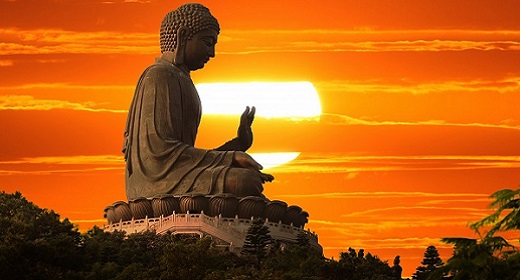by Emily Regan: Iyengar yoga is a style of yoga that arose in the 1970s, developed by B. K. S. Iyengar after whom it was named…

This particular style holds, at its core, the traditional eight limbs of yoga and is an offshoot of hatha yoga that focuses on the precision of poses and breathing, oftentimes as a therapeutic healing. However, Iyengar yoga differentiates from traditional hatha yoga in three areas: technique, sequence, and timing.
Technique in Iyengar yoga refers to the precision of poses, an absolutely critical detail in this particular style. Instructors are often very verbal and will actively correct practitioners’ poses to ensure precise alignment. B. K. S. Iyengar pioneered the use of props to assist in these poses which make Iyengar yoga accessible to a wider range of practitioners despite ailments or age that might prove to be restrictions in other forms of yoga. The use of props prevents unnecessary injuries and strains by allowing people the benefits of the poses to build up strength overtime and remove muscular strain from practitioners needing assistance.
The sequence of poses is important in Iyengar following the theory that completing certain poses in a certain order will better achieve a practitioner’s goals. The found of Iyengar yoga has, over time, arranged over 200 poses and 14 types of breathing ranging from beginner to advanced to help practitioners progress over time from simple asanas to more complex poses. In doing this, Iyengar yoga can help to develop not only the body but the mind and spirit as well.
The last important differentiation of Iyengar yoga is the stress on the importance of timing, specifically the time spent in each pose or pranayama. By spending the correct amount of time in each aspect of one’s practice, a person can maximize the benefits of each asana and breathing technique.
Iyengar yoga requires its instructors to undergo years of training in order to lead practitioners through this precise style. To receive the introductory teaching certificate, teachers are required to train for two years but there are also intermediate and advanced certifications available and an Iyengar instructor could easily train for over a decade. This is especially important because Iyengar yoga’s precision is focused on working to heal various health issues, including chronic back pain and insomnia among others. But as always, be sure to check with your doctor before beginning any exercise program.















































